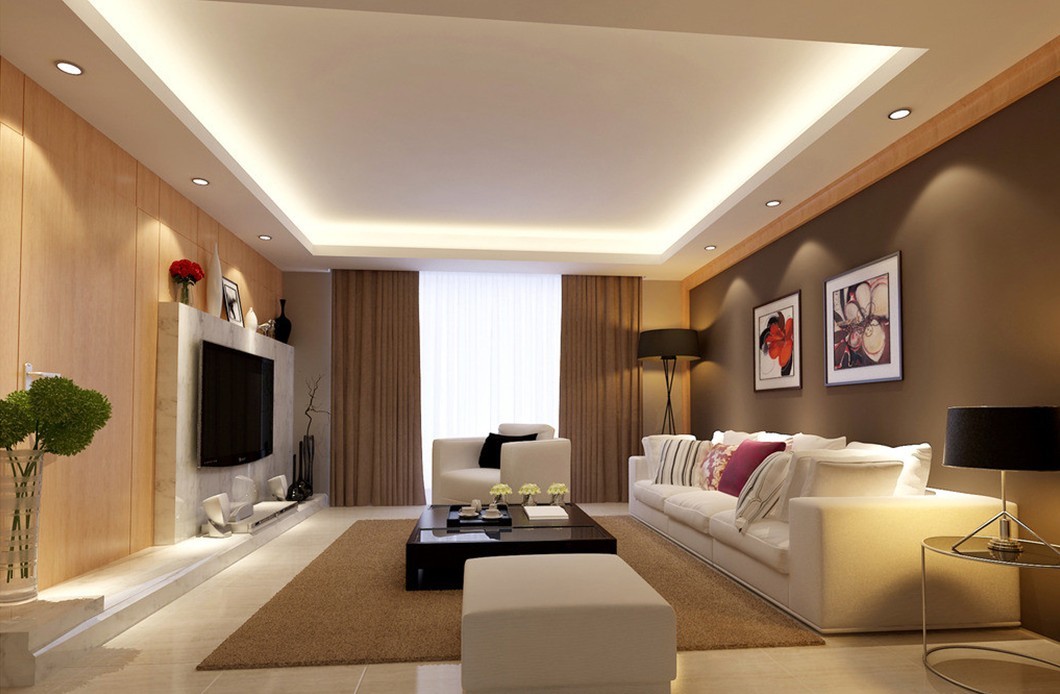Lighting shapes how we feel in every space we occupy. The right lighting can transform a cramped apartment into a cozy retreat or turn a sterile office into an inviting workspace. Yet many people struggle with creating the perfect ambiance, often relying on harsh overhead fixtures that drain warmth from their rooms.
Good lighting design isn’t about expensive fixtures or complex installations. It’s about understanding how different types of light work together to create mood, functionality, and visual interest. Whether you’re redesigning your home or simply want to improve your current space, mastering the basics of lighting design will help you create environments that feel both beautiful and livable.
Understanding the Three Types of Lighting
Effective lighting design starts with understanding three fundamental types of lighting, each serving a unique purpose in your space.
Ambient lighting provides general illumination for a room. This base layer includes overhead fixtures, recessed lights, and floor lamps that wash entire spaces with soft, even light. Think of ambient lighting as the foundation that makes a room functional and safe to navigate.
Task lighting focuses on specific activities like reading, cooking, or working. Desk lamps, under-cabinet kitchen lighting, and bedside reading lights fall into this category. Task lighting should be bright enough to prevent eye strain while remaining comfortable for extended use.
Accent lighting adds drama and visual interest by highlighting architectural features, artwork, or decorative elements. Track lighting, wall sconces, and picture lights create focal points that draw the eye and add depth to your design.
The Impact of Color Temperature
Color temperature dramatically affects the mood of your space. Measured in Kelvin, lighting ranges from warm (2700K-3000K) to cool (4000K-6500K).
Warm lighting creates a cozy, intimate atmosphere perfect for relaxation and socializing. These golden tones work beautifully in living rooms, bedrooms, and dining areas where you want people to feel comfortable and at ease.
Cool lighting promotes alertness and concentration, making it ideal for home offices, kitchens, and bathrooms. However, cool light can feel harsh in spaces meant for relaxation, so use it strategically.
Layering Light for Maximum Impact
The secret to professional-looking lighting design lies in layering all three types of lighting. Start with ambient lighting as your base, then add task lighting where needed, and finish with accent lighting for visual interest.
Consider a living room where you might combine recessed ceiling lights for ambient lighting, table lamps for reading, and wall sconces to highlight artwork. This layered approach ensures your space works for multiple activities while maintaining visual appeal.
Sound Effects understands that proper layering creates depth and flexibility in your lighting design, allowing you to adjust brightness and mood throughout the day.
Room-by-Room Lighting Tips
Living Room: Combine multiple light sources at different heights. Use floor lamps in corners, table lamps on side tables, and consider adding dimmer switches to control ambiance throughout the day.
Bedroom: Focus on warm, soft lighting that promotes relaxation. Bedside lamps with warm bulbs provide perfect task lighting for reading, while string lights or wall sconces can add romantic accent lighting.
Kitchen: Bright task lighting under cabinets illuminates work surfaces, while pendant lights over islands provide both task and ambient lighting. Sound Effects recommends avoiding shadows on countertops by positioning lights strategically above prep areas.
Bathroom: Combine overhead ambient lighting with vanity lighting on either side of mirrors to eliminate shadows on faces. Choose bulbs that render skin tones naturally for the most flattering results.
Transform Your Space with Thoughtful Lighting
Creating perfect ambiance through lighting design requires patience and experimentation. Start with one room and gradually build your lighting layers, paying attention to how different combinations affect the mood and functionality of your space.
Remember that lighting needs change throughout the day and seasons. Dimmer switches and multiple light sources give you the flexibility to adapt your ambiance to any occasion, from bright morning energy to intimate evening relaxation.
Sound Effects encourages homeowners to view lighting as an investment in their daily comfort and well-being. With these fundamental principles, you can transform any space into an environment that looks beautiful and feels perfectly suited to your lifestyle.

